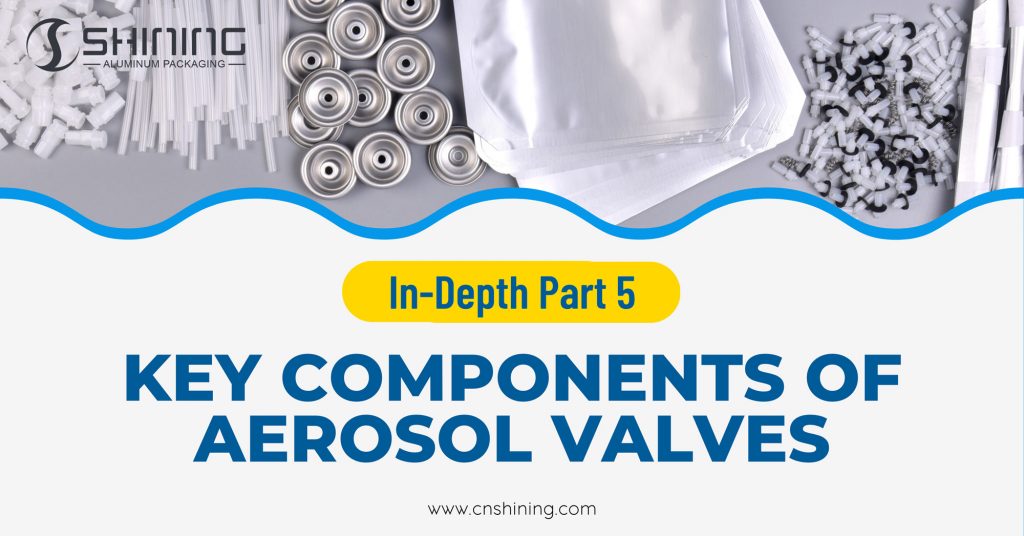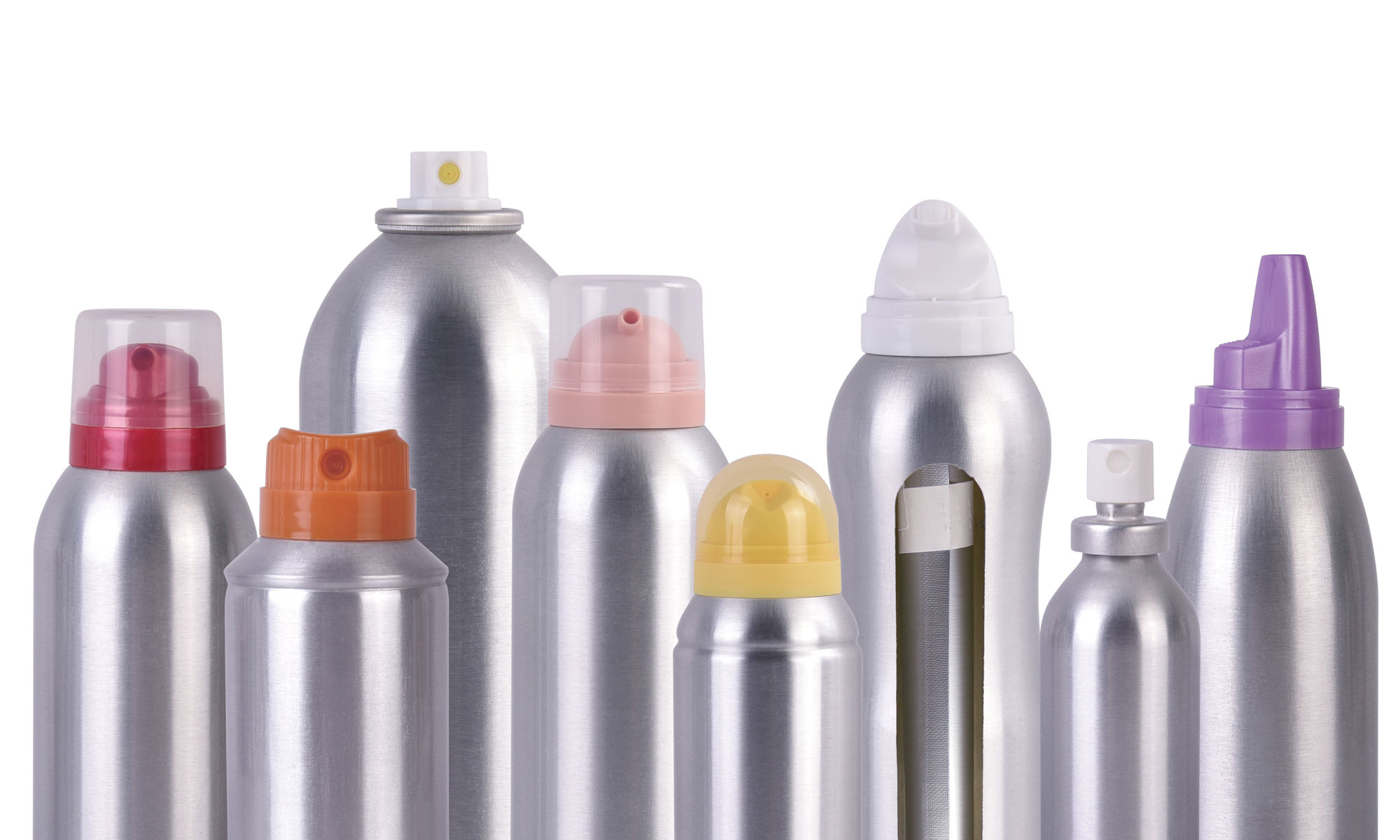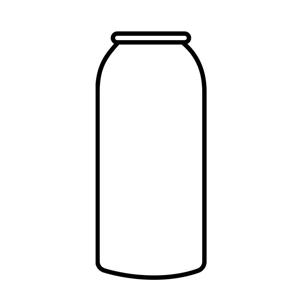Les valves d'aérosol sont des dispositifs complexes dotés de composants très spécifiques qui fonctionnent ensemble pour assurer une distribution fiable et fluide. Pour les fabricants et les fournisseurs, la compréhension de chacune de ces pièces est essentielle pour garantir la qualité, la durabilité et les performances.
Composants essentiels des vannes
Au cœur de chaque valve d'aérosol se trouvent plusieurs composants essentiels : l'actionneur, la tige, les joints, les ressorts, le tube plongeur et la coupelle de montage. Chacun joue un rôle distinct dans le processus de distribution. Ci-dessous, nous allons nous plonger dans chaque composant pour explorer leurs fonctions et leur importance dans le système global.
1. Actionneur : contrôle du débit et modèles de dispersion
La actionneur Il s'agit du bouton supérieur sur lequel l'utilisateur appuie pour libérer le produit. Les actionneurs sont essentiels car ils contrôlent le débit et le type de pulvérisation, ce qui a un impact sur l'expérience de l'utilisateur. Selon l'application du produit, qu'il s'agisse d'une fine brume pour les soins personnels ou d'une pulvérisation ciblée pour une utilisation industrielle, la conception et le matériau de l'actionneur peuvent varier considérablement. Un conseil important : sélectionnez toujours un actionneur compatible avec le type de pulvérisation et les besoins de dispersion prévus.
2. Tige et joint de tige : gestion du flux et étanchéité
La tige Le joint de tige fonctionne avec l'actionneur pour canaliser le produit du boîtier de la vanne vers l'extérieur. Il contient de petits orifices qui régulent le débit du produit, assurant une distribution uniforme. Le joint de tige, souvent en caoutchouc, agit comme un interrupteur « marche-arrêt » en créant un joint lorsque l'actionneur est relâché, ce qui permet d'éviter les fuites. Sur le terrain, il est connu qu'un joint de tige de haute qualité peut faire une énorme différence en termes de régularité des performances.
3. Ressort et boîtier : mécanismes et considérations matérielles
Chaque valve aérosol comprend un printemps qui ramène la vanne à sa position fermée lorsque la pression est relâchée. Ce composant est généralement fabriqué en acier inoxydable pour sa durabilité. Le boîtier renferme le ressort et fournit un support structurel. Le ressort et le boîtier doivent être choisis avec précision. L'acier inoxydable de qualité supérieure est souvent préféré afin de réduire la corrosion et de maintenir les performances dans divers environnements.
4. Tube plongeur et coupelle de montage : soulèvement du produit et fixation de la valve
La tube plongeur Le tube plongeur s'étend dans le produit et le dirige vers le système de valve. Son diamètre et sa longueur sont personnalisés en fonction de la viscosité du produit et de la taille du récipient. Pour les liquides plus épais, un diamètre de tube plongeur plus large est idéal. La coupelle de montage maintient les composants de la valve ensemble et se fixe à la boîte. Il est essentiel d'utiliser des matériaux résistants à la corrosion pour la coupelle, en particulier lorsqu'il s'agit de certains propulseurs ou formulations qui peuvent être réactifs.
Sélection et qualité des matériaux
Le choix des matériaux est essentiel dans la production de valves d'aérosols, car chaque pièce doit résister à la fois à la pression du propulseur et aux propriétés chimiques du produit. Les actionneurs et les tubes plongeurs sont souvent fabriqués en polyéthylène ou en polypropylène, tandis que les joints utilisent des caoutchoucs spécialisés comme le Buna ou le néoprène, qui offrent flexibilité et intégrité de l'étanchéité. Pour des performances optimales, il est conseillé de choisir des matériaux en fonction du propulseur et du type de produit spécifiques.
Dans les applications hautes performances, l'acier inoxydable ou l'aluminium traité est souvent utilisé pour les composants du boîtier et du ressort afin d'éviter la rouille et la dégradation. Cela est particulièrement pertinent pour les valves d'aérosol utilisées dans les produits alimentaires ou pharmaceutiques, où la qualité et la pureté sont des priorités absolues.
Informations sur les processus de fabrication
La production de valves d'aérosols est un processus minutieux et axé sur la qualité, qui implique le moulage par injection, l'assemblage et des tests rigoureux. Dans nos installations, le contrôle de la qualité est primordial à chaque étape. Voici un aperçu des principales phases :
1. Moulage par injection et traitement des matériaux
Les actionneurs et les tubes plongeurs sont fabriqués par moulage par injection pour garantir la précision et la cohérence. Chaque lot est soumis à des tests de qualité pour vérifier l'épaisseur et la flexibilité. L'utilisation de moules de haute qualité est essentielle, car elle garantit l'uniformité requise pour des performances constantes sur de grandes séries de production.
2. Assemblage et intégration des composants
À ce stade, chaque pièce (tige, ressort, boîtier, joints et actionneurs) est assemblée avec précision. Un mauvais alignement à ce stade peut entraîner des problèmes de fonctionnalité. Un équipement spécialisé est donc utilisé pour tester l'alignement et la qualité de l'assemblage. Un sertissage approprié est également essentiel pour garantir que les vannes se fixent solidement à leurs conteneurs sans fuite.
3. Tests de qualité et validation des performances
Il est essentiel de tester les valves d'aérosol pour vérifier leur fonctionnalité et leur durabilité. Les tests courants comprennent les tests d'étanchéité, les tests de performance à différentes températures et les tests de résilience à la pression. Conformément aux normes de l'industrie, chaque type de valve est soumis à des tests pour simuler une utilisation réelle et garantir que chaque lot répond à des spécifications de qualité strictes.
Conseils de pro : entretien et conseils pratiques
Il est recommandé de stocker les vannes dans un environnement contrôlé afin d'éviter toute dégradation prématurée, en particulier si elles sont équipées de joints en caoutchouc. Des inspections régulières des équipements de production sont également essentielles pour maintenir une qualité constante des vannes, en particulier pour les fabricants à gros volume.
FAQ : Composants clés des valves d'aérosol
- Quel matériau est le meilleur pour les ressorts de soupape d’aérosol ?
L'acier inoxydable est généralement utilisé en raison de sa durabilité et de sa résistance à la corrosion. - Comment choisir la bonne taille de tube plongeur ?
Choisissez en fonction de la viscosité du produit ; les produits plus épais bénéficient de tubes plongeurs plus larges. - Quelle est la fonction du joint de tige ?
Le joint de tige agit comme un joint lorsque la valve n'est pas utilisée, empêchant ainsi les fuites. - Pourquoi la conception de l’actionneur est-elle importante ?
L'actionneur détermine le débit et le type de pulvérisation, affectant ainsi l'expérience de l'utilisateur. - Quels matériaux sont généralement utilisés pour la coupelle de montage ?
L'aluminium ou l'acier traité est souvent utilisé pour sa solidité et sa résistance à la corrosion. - Comment la qualité est-elle assurée dans la production de valves d'aérosols ?
Grâce à des processus de test rigoureux, notamment des tests d’étanchéité et des évaluations de résilience à la pression. - Pourquoi certains caoutchoucs comme le néoprène sont-ils utilisés pour les joints ?
Le néoprène offre une flexibilité et est compatible avec de nombreux types de propulseurs. - Quelle est la différence entre les valves mâles et femelles ?
Les vannes mâles s'insèrent directement dans l'actionneur, tandis que les vannes femelles abritent l'actionneur à l'intérieur. - Comment les valves sont-elles testées pour leur durabilité ?
Ils sont soumis à des tests de pression, de température et d'étanchéité pour garantir des performances constantes. - Quels sont les conseils de dépannage courants pour les valves d’aérosol ?
Une inspection régulière de l'alignement et un stockage dans des conditions fraîches peuvent prévenir les problèmes courants tels que les fuites ou le colmatage.
Si vous envisagez des valves aérosols pour votre prochain projet ou si vous avez besoin de conseils d'experts pour sélectionner les bons composants, n'hésitez pas à nous contacter à notre usine pour plus d'informations et de consultation.






















